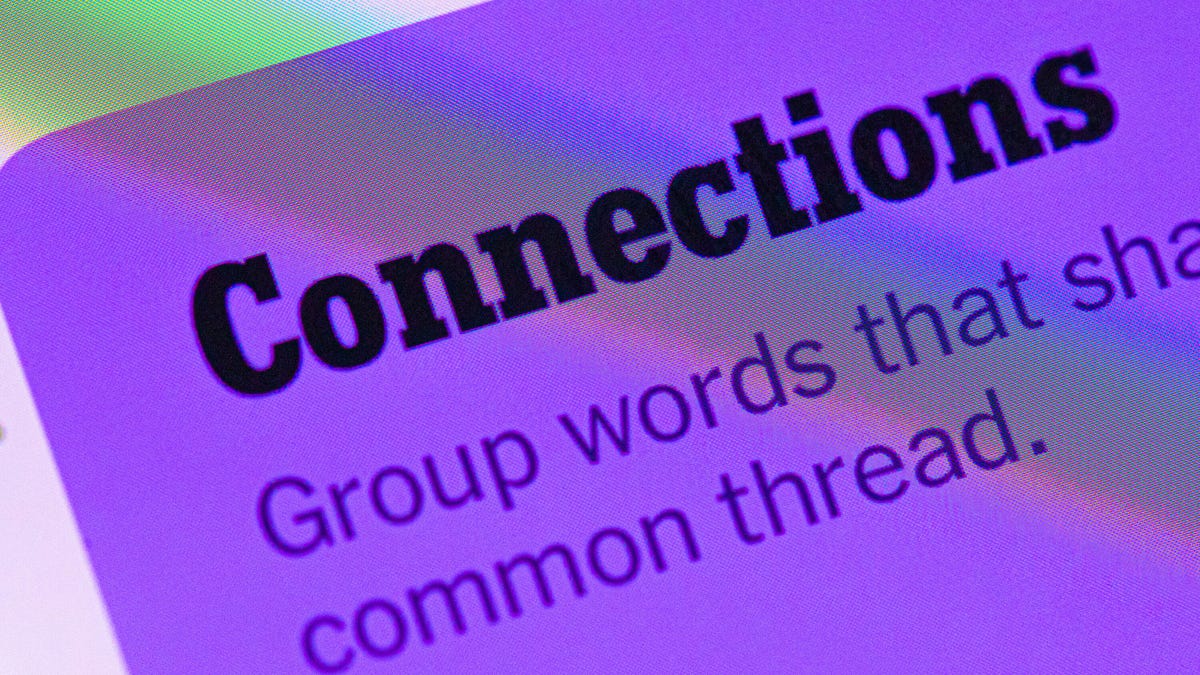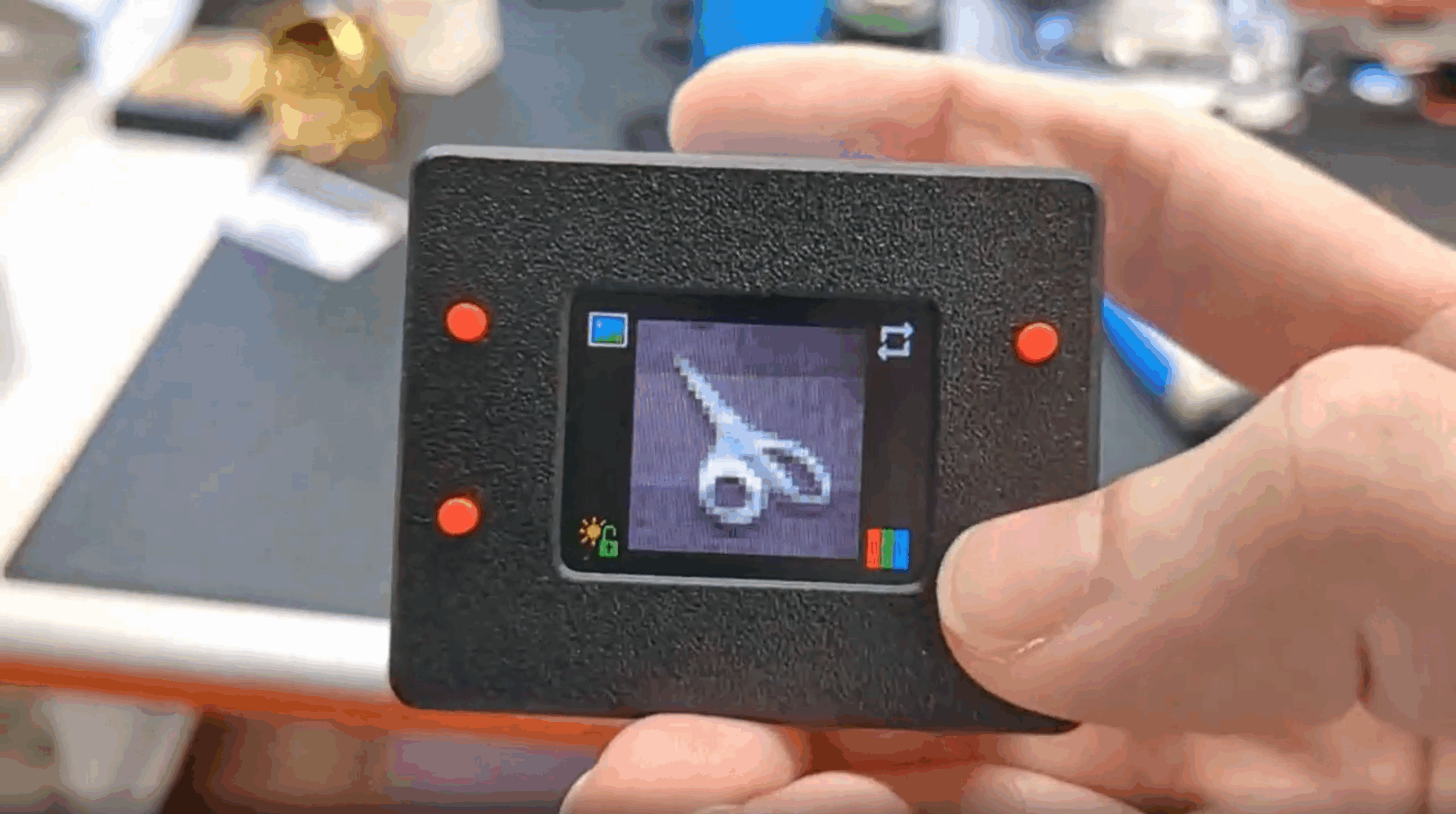RIYADH, Saudi Arabia — Champion Elena Rybakina won the biggest prize money payout in women’s sporting history Saturday following her spectacular championship run at the WTA Finals Riyadh presented by PIF.
After going…

RIYADH, Saudi Arabia — Champion Elena Rybakina won the biggest prize money payout in women’s sporting history Saturday following her spectacular championship run at the WTA Finals Riyadh presented by PIF.
After going…


CTX310, a one-time CRISPR-Cas9 gene-editing therapy, has safely reduced LDL cholesterol and triglycerides in adult patients with difficult-to-treat
Presented at the

Jennifer Lawrence made waves with her playful dig at Kourtney Kardashian while…

Looking for the most recent Wordle answer? Click here for today’s Wordle hints, as well as our daily answers and hints for The New York Times Mini Crossword, Connections, Connections: Sports Edition and Strands puzzles.
Today’s Wordle puzzle is…

Looking for the most recent Connections answers? Click here for today’s Connections hints, as well as our daily answers and hints for The New York Times Mini Crossword, Wordle, Connections: Sports Edition and Strands puzzles.
Today’s NYT

I recently tried the Spotlight feature on my friend’s macOS running the latest Tahoe upgrade, and I must say, it’s awesome. I wish Microsoft would bring something similar built into Windows as well.
Until that happens, I use Raycast on my…

With the release of the Asus ROG Xbox Ally family, Microsoft debuted a new Windows experience for gaming handhelds, offering a streamlined UI that is easily usable with a controller and touch screen. It was a long-awaited moment, and something I…

There is a point where taking technology for granted hides some of the incredible capabilities of seemingly simple devices. Optical mice are a great example of this principle, using what are more or less entirely…

Pending the results of the ongoing phase 3 SORENTO trial (NCT05050942), increasing the dose or shortening the treatment interval of somatostatin analogs may be a viable route to take for patients with gastroenteropancreatic neuroendocrine tumors (GEP-NETs) in need of symptom and/or disease control, according to Jennifer Chan, MD, MPH.
“We’re awaiting the results of the SORENTO trial, which is looking at a novel highly bioavailable formulation of octreotide, a self-administered formulation of octreotide, that will be addressing this issue of whether dose and bioavailability matter,” Chan said in an interview with OncLive® during the 2025 NANETS Multidisciplinary NET Medical Symposium.1,2
“In that trial, patients were randomly assigned to receive CAM2029, this novel version of octreotide, or standard dose octreotide or lanreotide. [Results] from that trial [will inform] whether that formulation, which is more bioavailable [than octreotide or lanreotide], may have superior efficacy to standard dosing,” Chan added.
In the interview, Chan, the clinical director of the Gastrointestinal Cancer Center, director of the Program in Carcinoid and Neuroendocrine Tumors, and an institute physician at Dana-Farber Cancer Institute, and an associate professor of medicine at Harvard Medical School in Boston, Massachusetts, discussed the relationship between dose escalation and symptom control, the evidence that supports potential disease control benefits, and how results from the SORENTO trial could redefine current standards.
Chan: We often will adjust the dose of somatostatin analogs either by increasing the dose of octreotide long-acting repeatable [LAR] from the standard dose of 30 mg, [to] 40 mg or 60 mg, if there are uncontrolled symptoms of carcinoid syndrome. Sometimes that dose escalation can help minimize the symptoms of flushing and diarrhea, for instance. We also have information from the control arms from, for instance, the NETTER-1 [NCT01578239] and the NETTER-2 [NCT03972488] trials, that suggest that even in patients who might have higher grade disease, for instance in the NETTER-2 trial, or patients who may have progressed after standard dose somatostatin analog, as was the case in the NETTER-1 trial, that there may be some period of disease control by increasing the dose from 30 mg to 60 mg of octreotide LAR.
There was also the phase 2 CLARINET FORTE trial [NCT02651987] that showed for lanreotide, another somatostatin analog, that if you shorten the interval from the usual 120 mg every 4 weeks to 120 mg every 2 weeks, patients who had progressed on standard dose [therapy] might achieve some progression-free survival benefit with the dose escalation.
In clinical practice, we probably most commonly will escalate the dose. For octreotide, [we’ll either] increase from the standard [dose of] 30 mg to 40 mg or 60 mg to help with symptom control. Uncontrolled carcinoid syndrome is probably the most common reason we adjust the dose.
The same thing could be said for lanreotide. The 120 mg every 4 weeks, we may give more frequently, either every 3 weeks or every 2 weeks, mainly for symptom control. That is consistent with what’s in the National Comprehensive Cancer Network guidelines, for instance, for dose adjustment for symptom control. There’s less controlled data about dose escalation for disease control, but there are some observational results from the control arms of other studies that suggest [we] may achieve some disease control, but we’re awaiting the results of trials to help us understand that better.